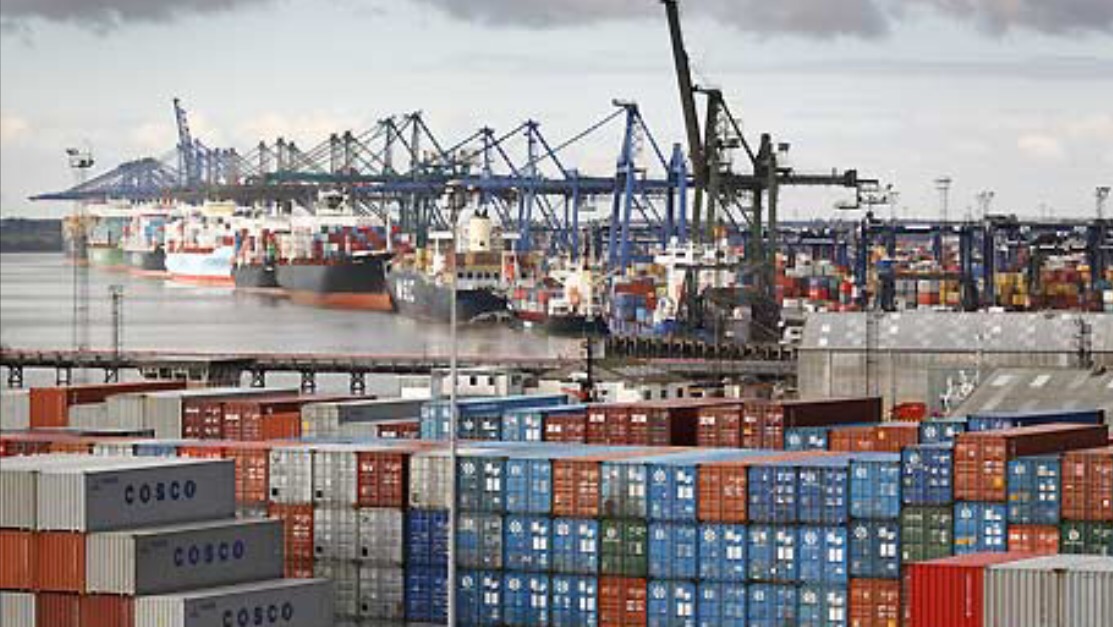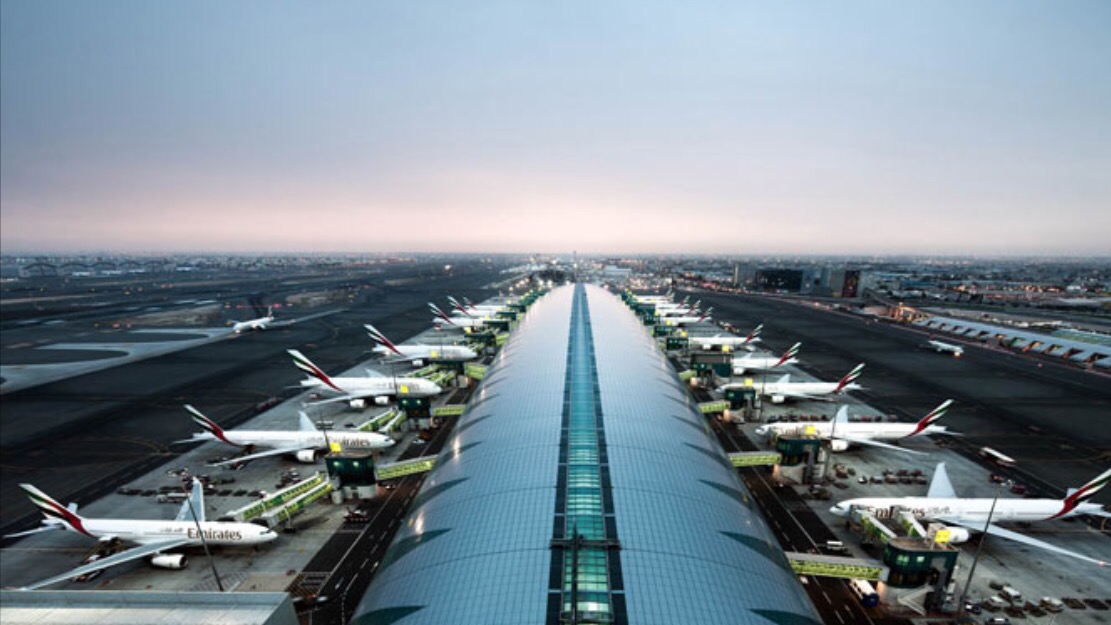Predictability is key
Everybody involved in cross-border trade have advocated the need for trade faciltation and speed of border processes.
However when speaking to traders another thing always emerges before speed, namely predictability. Importers and exporters want predictability and speed. In that order.

It doesn’t really help a company engaged in cross-border international trade if the process is fast sometimes, and not other times. In fact it is better to have a process that is predictable and delivers consistency – even if it is a bit slower – but the same speed every time, than a very fast process that sometimes takes forever. Today – and really since many years now – the logistic chain has been streamlined and facilitated to a maximum. We use systems for just-in-time-deliver instead of warehousing principles. It is simply too expensive to store goods for clients that might appear. We don’t do that anymore.
In fact the new global value chains are extremely sensitive to disruption, and it is all about planning. So predictability is a must if we really want to improve international trade and the global supply chain.
Government agencies also need to become better in delivery of predictability thought throughout the entire border process. Private Sector really do not care if it is Agency A or Agency B that is causing an unpredictable delay. It is about the total time that it takes to pass the border.

Today we have systems and programmes helping out with these problems. The Authorised Economic Operator (AEO) programmes should alwaysprovide an enhanced predictability, since the idea of supply chain security is to increase the predictability, stability, transparancy and safety of the global supply chain.
I believe that we need to start to measure the predictability in our trade flows in a more systematic way. Thid has kot been done so far, but new innovative AEO programmes like AEO UAE and Australian Trusted Trader have been designed to enhance and measure predictability. In addion both dubai Customs (where the AEO UAE programme is pilot tested) and Australian Department of Immigration and Border Protection (DIBP) have publicly declared that they will measure predictability, make the results public and set improvement target goals for Service Level Agreements (SLA) for AEOs and Trusted Traders. This will give us a new Key Performance Indicator (KPI) structure for the area that business says is the most important one. I can only celebrate and salute the predictability initiatives as great, since these are visionary and bold decisions made by strong leaders in the top management of the organizations. Others should follow.
The international institutions like, e.g; World Customs Organization etc – should develop transparant models for measurement of predictability so we can set benchmarks for greatness globally in this respect.
So far we have the Time Release Study (TRS) which is a good instrument to find bottlenecks and to use as the basis for business process re-engineering. But it is does not work as a on-going KPI and it does not measure predictability.
Another important part is how Government agencies handle those moments when it is really necessary to make additional controls when predictability is disturbed (for good reasons, if risk managment systems are in place).
So how do we communicate valid disruptions to our clients, especially Authorised Economic Operators and Trusted Traders. Or do we? Probably not. Where is the control taking place? Can an alternative control location be used? Can Non-Intrusive-Inspection (NII) equipment be used to minimize the time loss, while maximizing the control results? Can communication about time frames be sent to the operator making it possible to plan the event for better cost-efficiancy and minimal disruption?
We also need more research in the area of trade flows including for AEO programmes, compliance managment models, difference between high/low risl flows and for transhipments. Who will take the initiative here? WCO under PICARD? Or maybe the International Network of Customs Universities (INCU)?
We in KGH are right now together with our clients testing a model for measurement of predictability in different risk flows linked to AEO. The test is done in three very different countries. I am convinced that we will have a best practice model operational before the end of this year.
Either way this is an area that has just started its journey – we will talk more about predictability in the future than what we have done in the past.

You must be logged in to post a comment.